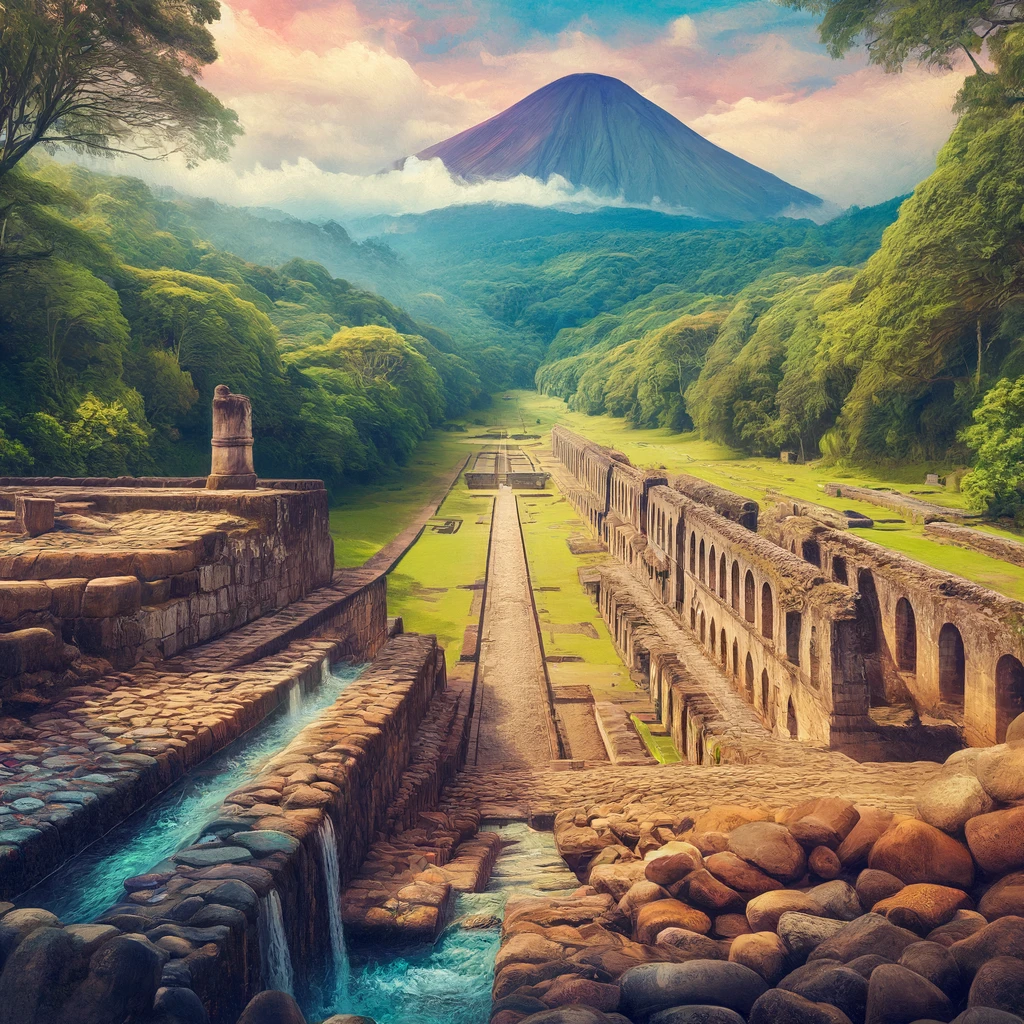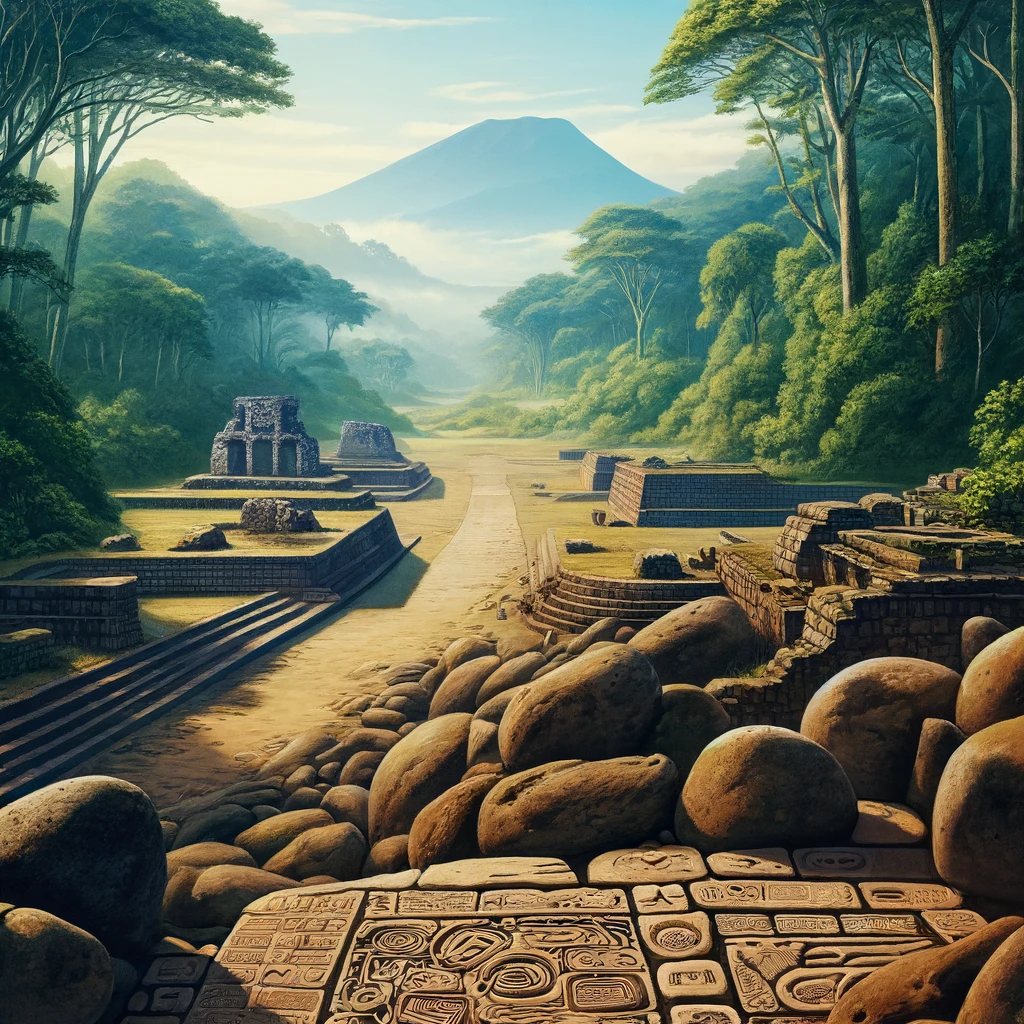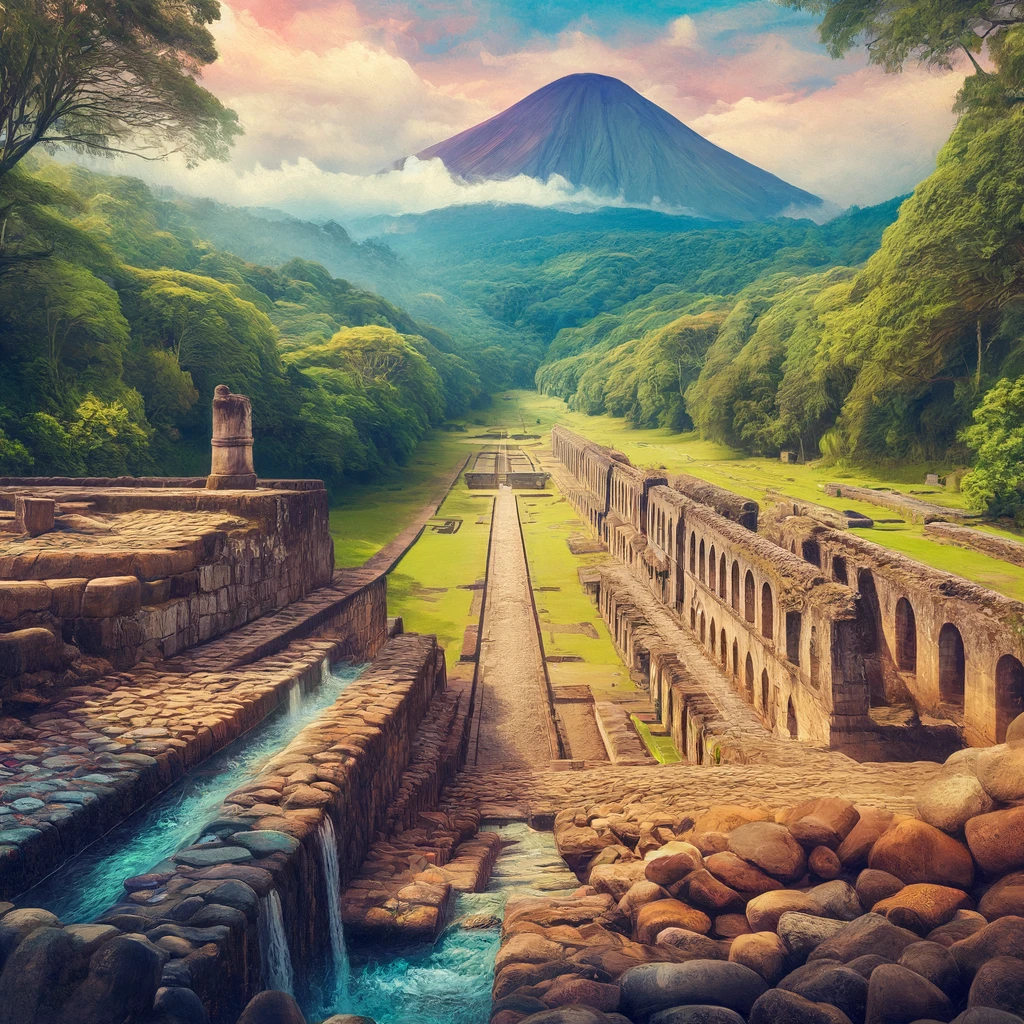Costa Rica is not only a charming view of the natural landscapes with their rich flora and fauna, but also, amongst the rich historical tapestry, there emerges a jewel in its archaeological crown—the Guayabo National Monument..


Take a Taste of History in Costa Rica: Guayabo National Park
The setting for this ancient site reveals something of pre-Columbian Costa Rica snuggled amidst a rainforest on the slopes of the Turrialba Volcano.
“Recognize Gu From 1000 BC to the historic period of 1400 AD, it was believed that it had been lived in. It is also the most valuable archaeological site in Costa Rica, Guayabo National Monument.
It was declared a national monument in 1973 due to the richness of historical treasures that it holds—these treasures, some very intricate aqueducts, petroglyphs, and stone-paved streets, evidence of skills advanced by former inhabitants in engineering.
Historical Significance
The site used to be of crucial social and religious importance. The structures and artifacts found at Guayabo do tell of a highly organized society with craftsmanship par excellence and religious conviction to the core. The aqueduct system still working in this day and age reveals volumes about the creativity of those people and throws light on their systems of daily life and techniques for survival. What to See
Features visitors to Guayabo National Monument will get to explore run the gamut from these intriguing.
- Stone Paths and Buildings: Walk on paths of ancient streets, including cobblestone streets and the bases of the buildings where people lived and congregated. Petroglyphs: Look at incised rock carvings, some displaying animals, and others displaying geometric forms that may be spiritual symbols.
- Aqueducts: The outstanding engineering marvel of pre-Columbian times and an exemplary method for water resource management. Sepulchres: Reflect on the traditional and cultural traditions of burial by the well-kept sepulchres that are a tip-off to the construction of society and the rituals it holds.
Personal Visit to the Site
The Guayabo National Monument is, in simple human terms, very visitor-friendly. The provided tours take you through the park, detailing the critical history and significance of structures and artifacts. The site is also home to a visitor center where visitors can marvel at the findings collected during the excavations and learn about the life of the ancient day’s settlers.
Planning Your Visit
Here is something to consider when planning for a visit to Guayabo National Monument:
- Best Time to Visit: This has to be best done during the dry season, from December to April, since the trails should not be slippery, and the weather will be much more comfortable. Getting Here: Guayabo is about two hours from San José over good roads. You can rent a car or, even better, do what I did and book a spot with a guided tour.
- **What to Take: ** Wear sensible walking shoes and take with you rain gear, sunscreen, and drinking water. Paths may be steep; weather conditions may change rapidly. Hello, The Guayabo National Monument offers a unique experience in transporting its visitors to the settings and times of the Pre-Columbian era. It forms part of the unique attraction for those people who like history and the beginnings of society in Central America. This is not a visit to walk down some archaeological site; this is a journey through echoes of a very sophisticated past that had forged a vital piece of the cultural identity of Costa Rica.





